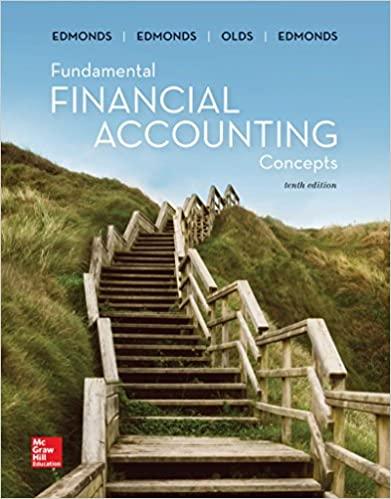Question
Questions 1: The use of fair value to measure assets and liabilities inevitably results in fluctuations in profit or loss, which can be large. Users
Questions 1:
The use of fair value to measure assets and liabilities inevitably results in
fluctuations in profit or loss, which can be large. Users of financial statements,
therefore, need information that clearly explains the source of these fluctuations -
whether they are realised or unrealised, based on objective or subjective
information, real transactions and market activity or estimates.
Discuss how IFRS 13 attempts to overcome these issues when providing information to users
of financial statements.
Question 2:
One of the concerns associated with fair value measurement is that management
bias may affect the reliability of the information. IFRS 13 requires that fair values
be based on market-based assumption rather than entity-based assumptions in
order to overcome this issue.
Compare the potential for management bias when making market-based or entity-based
specific assumption.
Question 3:
Access the latest annual report of Qantas Airways Limited at
the following questions.
(a) Identify the risks to which the Qantas Group is subject.
(b) Describe the components of the Qantas Group's hedge reserve.
(c) Identify the financial assets and financial liabilities of the Qantas Group. What is the
fair value of the Group's derivative financial instruments recognised in the statement of
financial position?
Step by Step Solution
There are 3 Steps involved in it
Step: 1

Get Instant Access to Expert-Tailored Solutions
See step-by-step solutions with expert insights and AI powered tools for academic success
Step: 2

Step: 3

Ace Your Homework with AI
Get the answers you need in no time with our AI-driven, step-by-step assistance
Get Started


